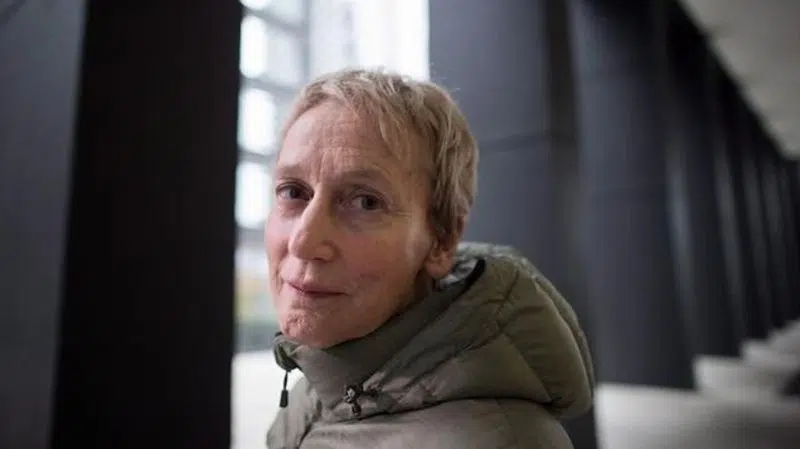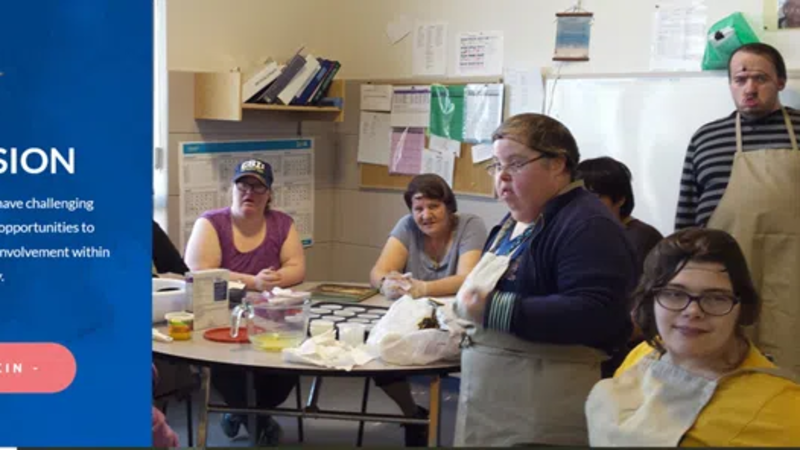
Lametti sows uncertainty over meaning of foreseeable death in assisted-dying bill
OTTAWA — Dr. Ellen Wiebe has helped 260 intolerably suffering Canadians end their lives over the past four years, including a few who likely would have lived up to another decade on their own.
The current federal law, passed in 2016, allows medical assistance in dying only for individuals whose natural death is “reasonably foreseeable” — an ambiguous term that some doctors initially interpreted to mean a person must have only six months left to live.
Then came the pivotal 2017 ruling in the case of a 77-year-old Ontario woman, known only as A.B., who suffered from severe osteoarthritis but had been denied medical assistance in dying because natural death was not imminent.
Ontario Superior Court Justice Paul Perell said natural death does not have to be imminent, within a specific timeframe or the result of a terminal disease — giving reassurance to doctors who feared criminal charges if they interpreted the term too loosely.


